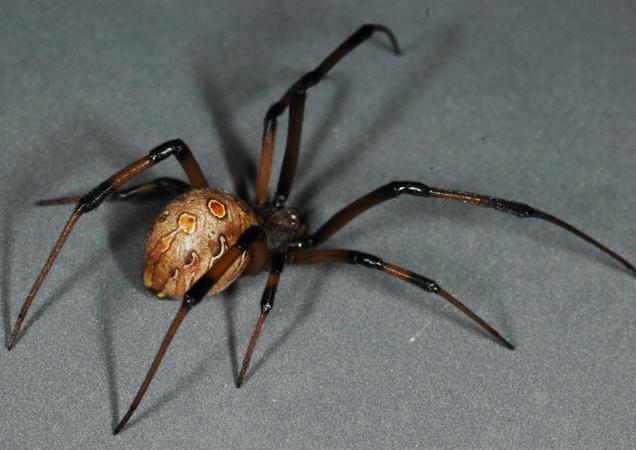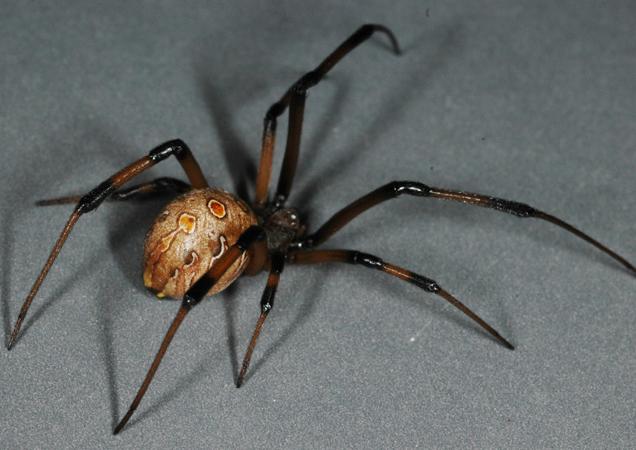
Researchers at the University of California, Riverside might have found a breakthrough in the spider-control field. In a paper published in the Journal of Economic Entomology, the researchers wrote that oil-based pesticides are more effective than water-based pesticides at killing the contents of brown widow spider egg sacs.
"The brown widow spider egg sac is constructed with highly hydrophobic silks, so the water-based pesticide sprays were not very effective in penetrating the egg sac and impacting the eggs inside," said Dr. Dong-Hwan Choe, one of the co-authors. "In contrast, the oil-based aerosols were highly effective in penetrating the egg sac silk, providing the complete prevention of the spider emergence."
This finding is important because trying to control adult spiders without controlling their eggs is like plucking dandelions without taking out their roots.
"Spider egg sacs are important because each female spider can produce many egg sacs, and each egg sac has many eggs in it," said Choe. "Field-collected brown widow egg sacs in southern California average around 135 eggs per sac with a range of 23 to 282 eggs."
Rick Vetter, a co-author of the paper, said most pesticides used around structures in the pest-control industry are water-based, and therefore might not be effective.
"The labels on pesticides may say that they kill spiders, but the fact that it may be ineffective against egg sac contents is a novel concept for control of spiders around homes," said Vetter. "The public should realize that the pesticides that they purchase from the home improvement centers may not be doing the job that they want them to do. This is not because the pesticides are ineffective. They do kill the contents if the pesticide can contact the eggs or spiderlings. The trick is to get it past the silk layer of the egg sac, which some of the oil-based pesticides do."
"If you want to control spiders," Vetter continued, "you have to control egg sacs too, and if you want to kill spider egg sac contents, you need to use an oil-based pesticide."
###
The full article, "Efficacy of Several Pesticide Products on Brown Widow Spider (Araneae: Theridiidae) Egg Sacs and Their Penetration Through the Egg Sac Silk," is available at http://jee.oxfordjournals.org/lookup/doi/10.1093/jee/tov288.
The Journal of Economic Entomology is published by the Entomological Society of America, the largest organization in the world serving the professional and scientific needs of entomologists and people in related disciplines. Founded in 1889, ESA today has nearly 7,000 members affiliated with educational institutions, health agencies, private industry, and government. Members are researchers, teachers, extension service personnel, administrators, marketing representatives, research technicians, consultants, students, and hobbyists. For more information, visit http://www.entsoc.org.





